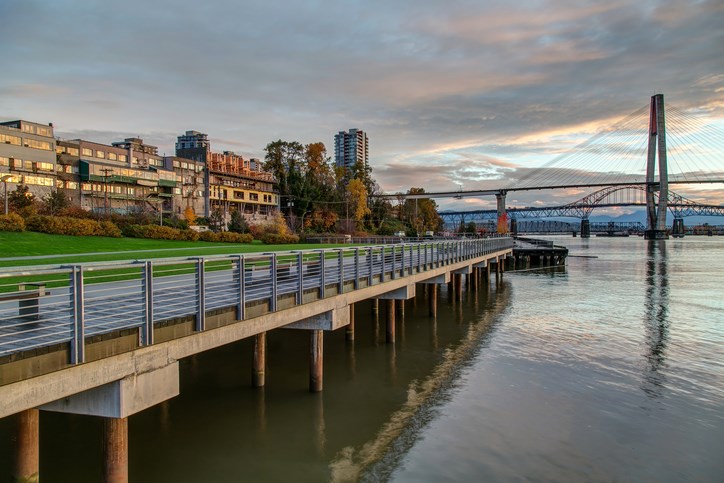Across Canada, cities are seeing declining homeownership rates – but that’s not the case for the riverfront city of New Westminster, B.C., according to a new study.
Real estate web portal from the last four Census polls – 2001, 2006, 2011 and 2016 – to find patterns of homeownership in the country’s 100 most populous cities.
It found that New Westminster’s homeownership rate has climbed most in those 15 years, from a renter-dominated 48 per cent in 2001 to 56 per cent in 2016. At a jump of 17.6 per cent, which takes into account population growth in that time, that is the sharpest growth of all 100 cities studied.
In the homeownership growth category, �鶹��ýӳ��proper was ranked 11th out of 100, rising from from 44 per cent in 2001 to 47 per cent in the most recent Census. However, the city of �鶹��ýӳ��still has the third-lowest homeownership in the country, after Montréal and Victoria.
Elsewhere in B.C., Burnaby saw high homeownership growth in the same period, rising from 56 per cent to 62 per cent of the adult population owning their home. That figure was the country’s fourth-steepest jump in homeowner rates.
Vernon, Victoria and Richmond were the only three other B.C. cities to make it into the top 20 chart for homeownership growth.
Point2Homes found that in between 2011 and 2016, 88 of the country’s biggest cities saw a decline in homeownership rates, with the country as a whole falling 1.2 per cent to reduce the homeownership rate to 67.8 per cent. This was the first time between Census polls that the country’s homeowner rate had declined.
Check out Point2Homes’ interactive chart, below, in which you can rank the full list of cities by homeownership rates in each Census year, as well as growth and declines in the rates over 15 years.



